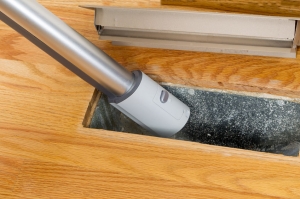Rope access work is a specialized field that requires a combination of skill, precision, and strict adherence to safety protocols. Jamie Harris, an experienced rope access technician based in Cardiff and Dinas Powys, shares valuable insights to ensure safety and efficiency in this demanding profession.
1. Comprehensive Risk Assessment
Before commencing any rope access project, conducting a thorough risk assessment is crucial. This involves evaluating the site to identify potential hazards such as unstable structures, adverse weather conditions, or environmental obstacles. By understanding these risks, technicians can develop strategies to mitigate them, ensuring a safer working environment.
2. Regular Equipment Inspection
The integrity of equipment is paramount in rope access work. Jamie Harris emphasizes the importance of inspecting all gear—including harnesses, ropes, and carabiners—before each use. Any signs of wear or damage should be addressed immediately to prevent accidents caused by equipment failure.
3. Effective Communication
Clear and constant communication among team members is vital. Utilizing radios, hand signals, or verbal cues ensures coordination and awareness of any changes in the working environment, thereby reducing the likelihood of misunderstandings that could lead to accidents.
4. Adherence to Safety Protocols and Use of Personal Protective Equipment (PPE)
Following established safety protocols is non-negotiable. This includes wearing appropriate PPE such as helmets, gloves, and fall arrest systems. Proper use of PPE provides the first line of defense in case of accidents. Technicians should ensure they are trained in using their PPE correctly and consistently throughout the job.
5. Continuous Training and Certification
Ongoing education is essential in maintaining high safety standards. Jamie Harris advocates for regular training sessions and staying updated with the latest industry practices. This commitment to learning ensures that technicians are well-prepared to handle the evolving challenges of rope access work.
6. Implementation of Backup Safety Systems
Incorporating secondary safety measures, such as backup ropes or fall arrest devices, adds an extra layer of protection. If the primary system fails, these backups can prevent catastrophic falls. It's essential to double-check all safety mechanisms before starting work to ensure they function correctly.
7. Physical Fitness and Health Maintenance
Rope access tasks are physically demanding. Maintaining good physical health enhances performance and reduces the risk of fatigue-related incidents. Regular exercise, proper nutrition, and adequate rest are vital components of a technician's routine.
8. Environmental Awareness
Being mindful of environmental factors, such as weather conditions and wildlife, is crucial. Adapting to these elements ensures safety and minimizes the impact on the surrounding environment.
By following these guidelines, rope access technicians can perform their duties safely and effectively. Jamie Harris's expertise underscores the importance of meticulous preparation, continuous learning, and unwavering commitment to safety in the field of rope access work.






